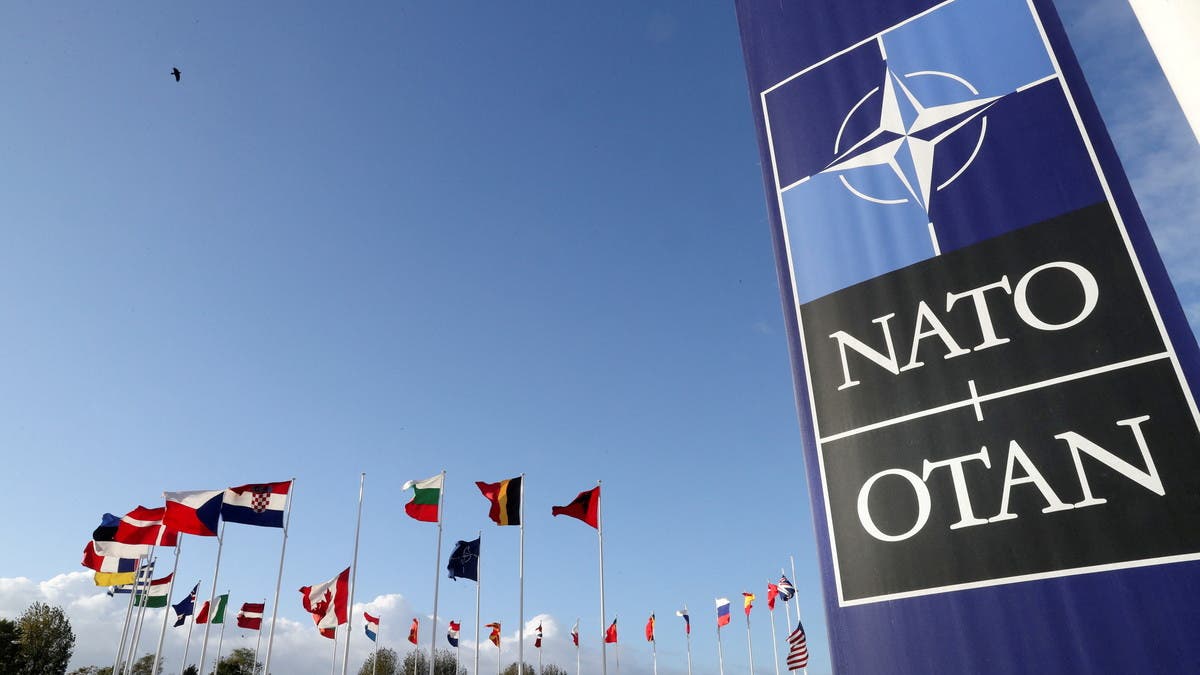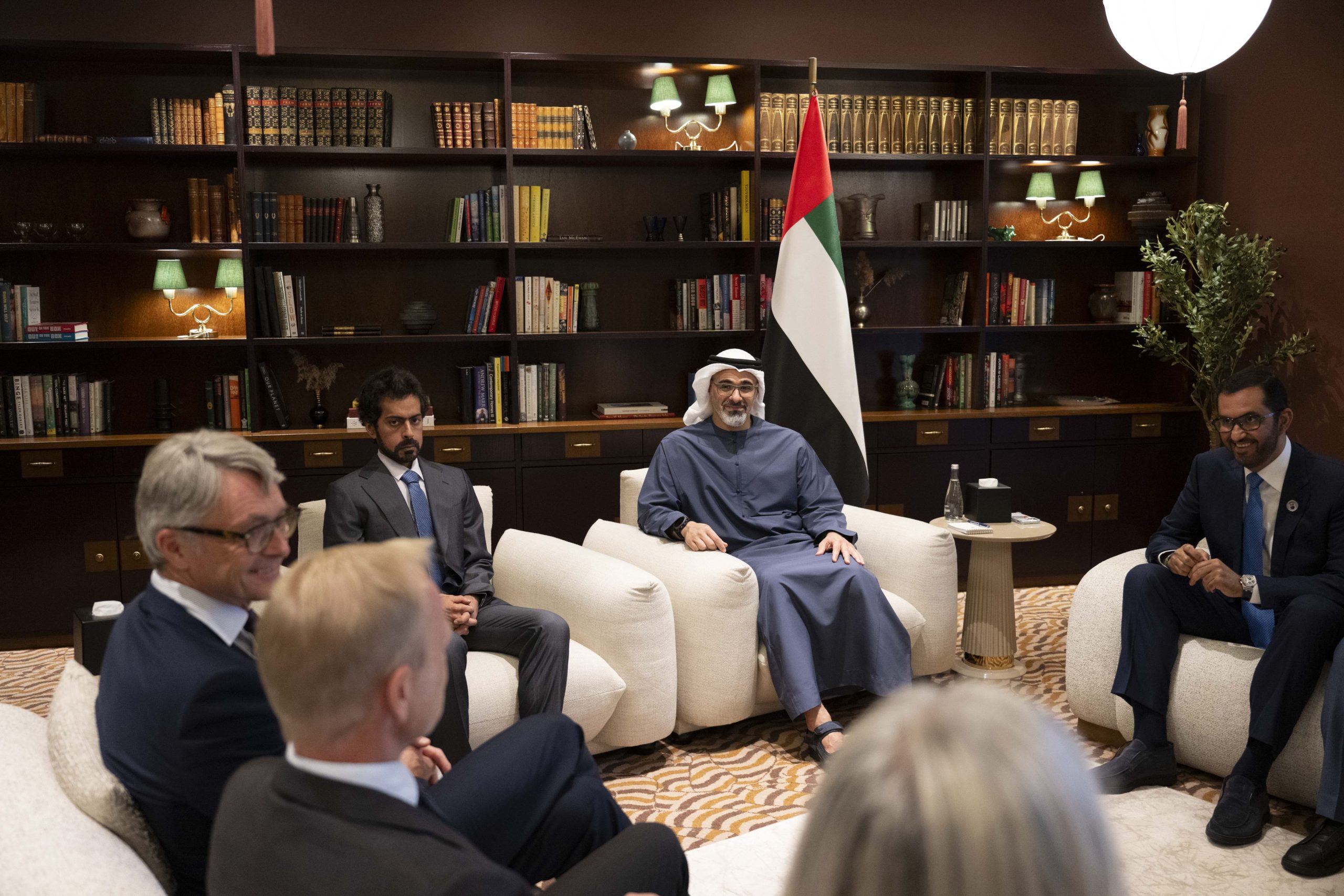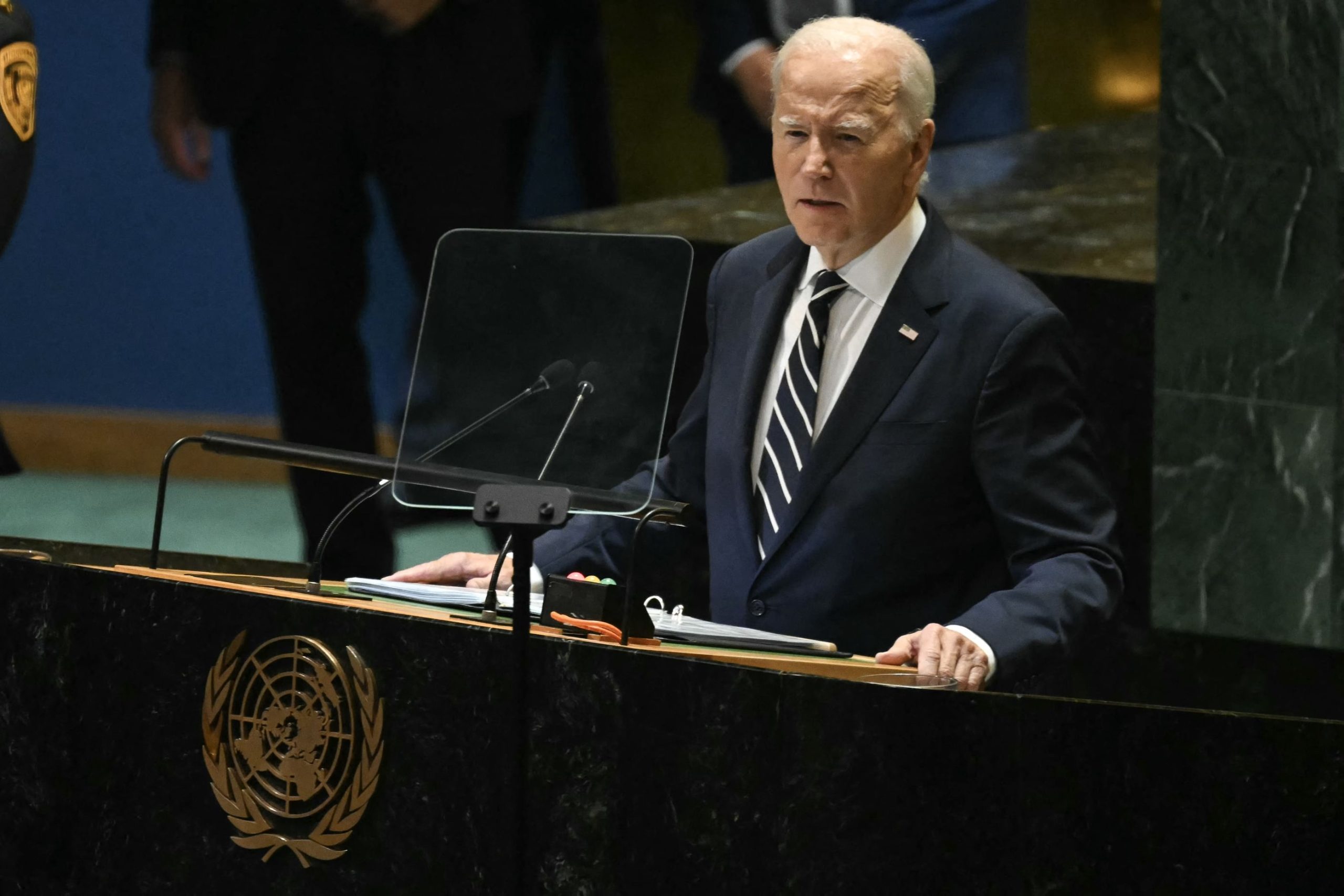NATO this week agreed to the biggest upgrade of its military presence in Europe since the end of the Cold War, redrawing the continent’s security in response to Russia’s invasion of Ukraine.
At a summit in Madrid, NATO leaders agreed to put more than 300,000 troops on high alert while beefing up its European defenses with extra forces, enhanced air power and new equipment, including two additional squadrons of US F-35 stealth fighters. After Turkey dropped its veto on Sweden and Finland’s membership applications, the alliance is also set to add two new members, bolstering the exposed Baltic nations.
Signaling a shift to a more global perspective, NATO leaders also identified China’s increasing military presence as a “challenge for the first time and sought to deepen relations with democracies in the Asia-Pacific region as a counterweight to Beijing.
“NATO is back, Dutch Prime Minister Mark Rutte told reporters Wednesday as he arrived at the talks, where the leaders of Japan, South Korea, Australia and New Zealand attended as guests.
For the latest headlines, follow our Google News channel online or via the app.
The agreements mark the culmination of months of negotiations over how NATO members should adapt their defenses to a new reality created by Russia’s invasion of Ukraine and will breathe life into an alliance that French President Emmanuel Macron dismissed as “brain-dead and then-US President Donald Trump threatened to abandon.
“Having a common enemy with a strategic nuclear arsenal tends to concentrate minds and encourage cooperation, said Mary Elise Sarotte, a professor of historical studies at SAIS Johns Hopkins University.
The overhaul ushers in a new era in which Russia has demonstrated its willingness to unleash destruction on a neighbor in eastern Europe and China is building up its military to project force across the Pacific.
US President Joe Biden called the Madrid meeting a “history-making summit as he pledged more support for the alliance’s eastern flank with a permanent headquarters in Poland for the Fifth Army Corps, an additional rotational brigade of thousands of troops in Romania and plans to bolster other deployments in the Baltic states, adding to 100,000 US troops already in Europe.
The additional US F-35s will be stationed in the UK and air-defense systems in Germany and Italy will also be increased.
In its strategic outlook, NATO branded Russia “the most significant and direct threat to the alliance’s security following its invasion of Ukraine. But China also earned its first mention in the document, which lays out the alliance’s priorities for the next 10 years, described as a “systemic challenge.
Allies had spent months negotiating the wording on China, given the different views of member states and in particular its close economic ties with Germany. NATO was concerned by Beijing’s recent announcement of a “no limits partnership with Moscow and its willingness to spread what NATO officials say is Russian propaganda around the war in Ukraine.
The final summit document will show that allies intensively worked through the implication of China’s policies for the collective security, a senior US official told reporters Wednesday.
“We know that China is watching Ukraine closely, UK Foreign Secretary Liz Truss told a conference on the sidelines of the summit. She said there was a “real risk that Beijing, like Moscow, could make a “catastrophic miscalculation such as invading Taiwan.
Prime Minister Fumio Kishida became the first Japanese leader to attend a NATO summit. He called for a significant upgrade of his country’s ties with the alliance and invited NATO Secretary General Jens Stoltenberg to visit Tokyo soon.
The upbeat mood around NATO’s enlargement to include two new Nordic countries also highlighted Ukraine’s languishing bid to join, even as it fends off Russia’s invasion. Ukraine is told “you are not a member because we do not want you, President Volodymyr Zelenskyy’s Deputy Chief of Staff Ihor Zhovkva, who is responsible for foreign policy, said in an interview in Kyiv.
NATO allies were all the same touting the message of unity during the summit after Turkey, Sweden and Finland clinched a deal late Tuesday to address Ankara’s security concerns. That lifted Turkey’s block on the Nordic countries’ applications to join, which other allies have supported.
After the agreement, Danish Foreign Minister Jeppe Kofod tweeted selfies with his counterparts, saying there was “great excitement in Madrid. Finnish Foreign Minister Pekka Haavisto said the “relief was palpable when he met with US Secretary of State Antony Blinken and Sweden’s foreign minister Ann Linde the following morning.
“NATO has strived for a better relationship with Russia for decades, Stoltenberg said at a press conference. “It’s Russia that has walked away from this attempt to build more trust, more partnership and to work closer together. Our relationship with Russia is at the lowest level since the end Cold War and there’s no doubt that the responsibility for that is Russia.
Read more:
NATO summit in Madrid proof alliance seeks to contain Russia: Moscow
Russia poses a ‘direct threat’ to NATO security: Stoltenberg
Biden announces US reinforcements of NATO forces in Europe

 World3 years ago
World3 years ago
 World3 years ago
World3 years ago
 Business1 year ago
Business1 year ago
 Entertainment7 years ago
Entertainment7 years ago
 World7 years ago
World7 years ago
 Entertainment7 years ago
Entertainment7 years ago






